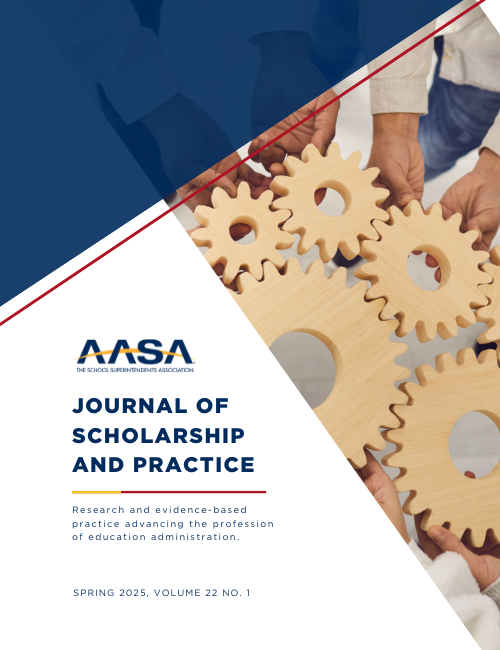School Principal Cultural Proficiency and Transformational Leadership
April 10, 2025

Culturally diverse students find it challenging to connect when their cultural practices are misunderstood, as a significant number of these students drop out before graduating (Gray-Nicolas & Miranda, 2020; Riele, 2006). A student's socioeconomic status and demographics will not be the only deciding factors in their achievement especially if immersed in effective instruction (Arneback & Jamte, 2022; Spring, 2008). Within the scope of culturally responsive leadership (CRL), studies reveal the importance of developing and analyzing culture and leadership as a dimension of learning and academic achievement (Khalifa et al., 2016; Ladson-Billings, 1995; Smith-Maddox, 1998). As a result, the purpose of this study was to examine the relationship between school principal cultural proficiency and transformational leadership.
Advertisement
Advertisement
Advertisement
Advertisement



